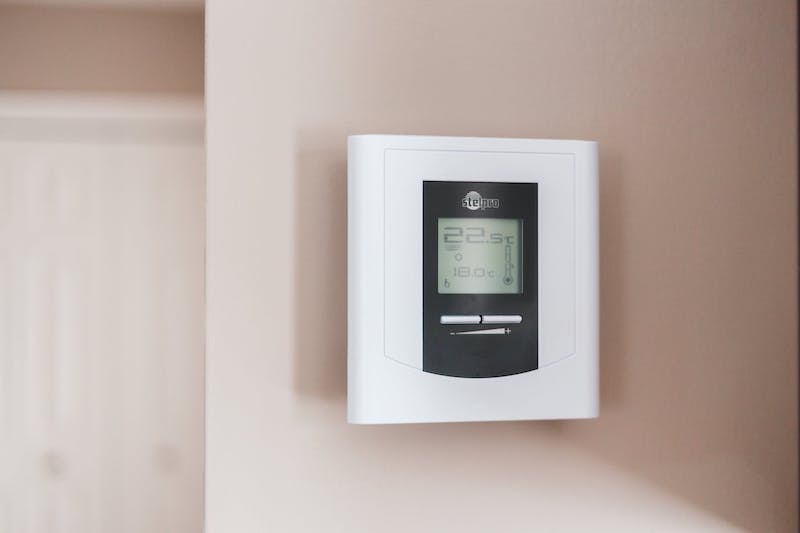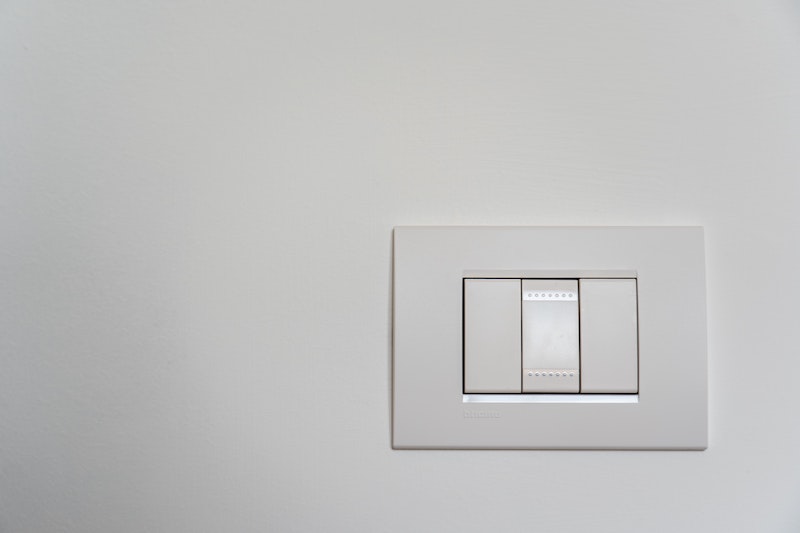Halloween has passed, the clocks have gone back, and the wooly hats adorn our heads once more: winter has well and truly arrived (well, if you want to be slightly pedantic meteorological winter begins on 1st December, but let’s forget about the technicalities).
What this in all likelihood means for us all is considerably more money spent on trying to keep warm throughout the season as the biting coldness kicks in.
However, are you one of the 40 percent who is worried about how you are going to afford heating this winter? The UK certainly doesn’t fare well in terms of energy efficiency – we are ranked one of the lowest in Europe according to Eurostat data, and, to top it off we also have the oldest building stock in Europe too. This translates as meaning that over 19 million homes in the UK rank a grade worse than C on their energy efficiency, with those rating on grades F and G contributing to over 25,000 deaths in the UK as a result of extreme cold.
This inefficiency also generates an excess amount of carbon emissions, leading to an ever more volatile climate in the UK,and an increased chance of floods: with annual flood damages already amounting to over £1.1 billion pounds in 2016. Admittedly very depressing statistics, but there is hope on the horizon – the government released last month its Clean Growth Strategy, promising to insulate and overhaul millions of draughty homes in England and Wales which could save families up to £300 a year on energy bills.
It’s great news, however, it is is to be achieved with a deadline of 2032, so a little far off. But do not fear: in the meantime, here are a few simple ways to improve the energy efficiency in your home that will not only save you money, but also decrease your carbon footprint and therefore keep your environmentally friendly credentials in check.
Make more than lukewarm savings with a thermostat

Did you know that more than half of all money spent on fuel bills is towards heating and hot water (and more so than on those spent on appliances or electronics?). For example, heating water makes up about four percent of the UK’s total carbon dioxide emissions, with the average house using around 330 litres each day (that is nearly 32 full bathtubs a week!) Would you like to change this?
Investing in a programmable thermostat could help you do just that, saving you up to £100 a year in energy bills as a result. Thermostats such as this by Nest Learning even work with Amazon Alexa voice control, and comes with an app to let you see how much you use and why.
Or, if you already have a room thermostat, simply turning down the controls by just one degree can save around £80 a year. Similarly, insulating your hot water cylinder with a fitted tank jacket can help you to make water savings and even more if you heat water electrically. This also saves you approximately 430 kg in carbon dioxide emissions through using less energy to heat and treat the water, so a unanimous thumbs-up.
Use Your Heating More Effectively
The majority of households simply don’t make enough of their heating and radiators. There are some very simple ways to do this so that you get the most out of the heat that you are paying for. This includes:
- Removing draughts
- Using radiator panels
- Positioning of radiators
- Using sunlight more effectively
Those pesky draughts are what is bringing in the cold, typically around your windows and underneath your doors. Look at some simple ways of covering these up with carpets and rugs or even little sliders you can probably buy on amazon for a pound each.
Radiator panels are little sheets that you slide down the back of your radiator. Since most the heat from your radiator goes behind it, the panel essentially bounces this back into the room.
The positioning of radiators is key since putting things on top of them like clothes, cupboards or shelves is simply blocking the heat from entering the room. So don’t be scared to remove some furniture or items that are in the way.
The few hours of sunlight that we get in November and December can still heat you the room. It is just sun that comes through the window, so don’t be scared to open your blinds and curtains during the day to let the heat in but then close them when it gets dark because this is going to be colder.
Save money with the flick of a switch

On average, lighting makes up about 10% of energy bills, but it’s one of the easiest ways to quickly improve energy efficiency in your home. For example, LEDs, such as these ones by Phillips last for around nine years, which is considerably more compared to incandescent bulbs, and certainly worth the investment. Taking this a step further, if the average household replaced all bulbs with LEDs, it would cost about £100 and they’d save yearly about £35 on bills, so it is definitely worth considering making the switch if you are serious about considering making your home more energy efficient.
Solar Panels
Those funky looking things on your the side of your roof can save you some real money by using energy more efficiently. We’re not going to sugar coat it, its definitely a long term game as solar panels cost around £5,000 to £7,000 to install (and less if you can get a government grant).
However, since this can contribute to powering your heating and electricity, the saving over a 20-year period ends up to be around £6,000 – which isn’t bad. Plus, it can add value to your home and can be resold to the next owner of your property. If you have invested in farmland or have large roofs, this could be a great moving saving tool.
Why it is Important For Developers To Be Energy Efficient
If you have recently got the finance you needed from one of our development finance lenders and are working on the refurb of a new property, being energy efficient is important.
Not only do you save money running the place, you can pass on these savings to your tenants, which might make the place seem more appealing. Similarly, if you have kitted the place out with energy efficient lightbulbs, radiators, boilers and more, you can use this as an up-sell for a potential buyer and easily charge them more.
Furthermore, in this day and age of global warming, it is seen as the responsible thing to do, being ‘green’ and all and a lot of potential investors, buyers and tenants will respect you for making this decision in your fit out. So go on, don’t be scared to be green!
